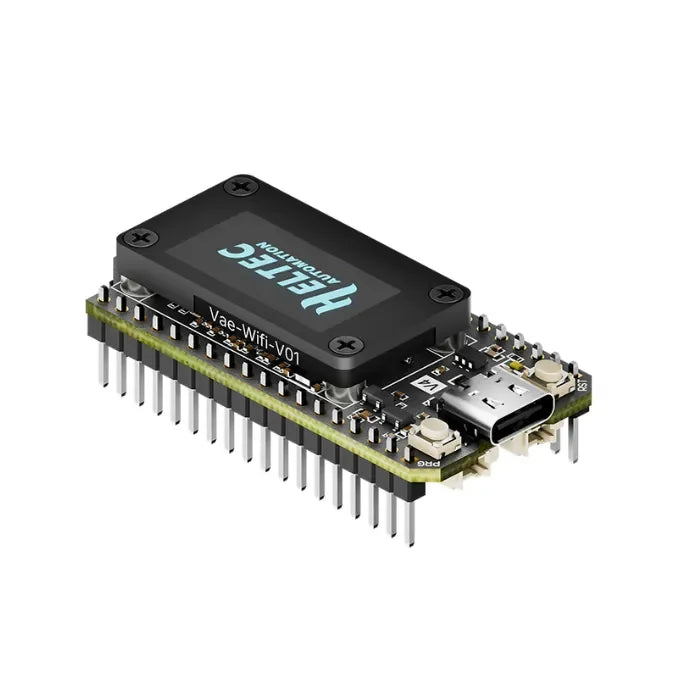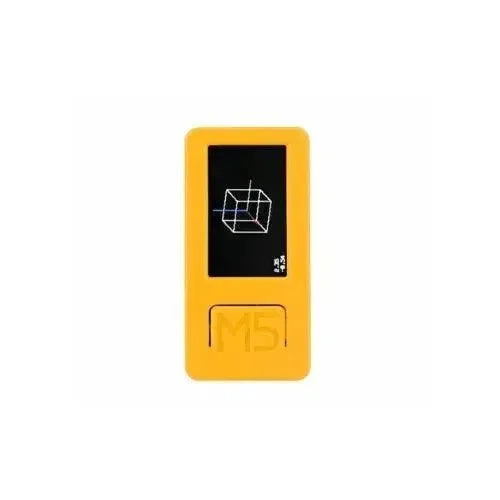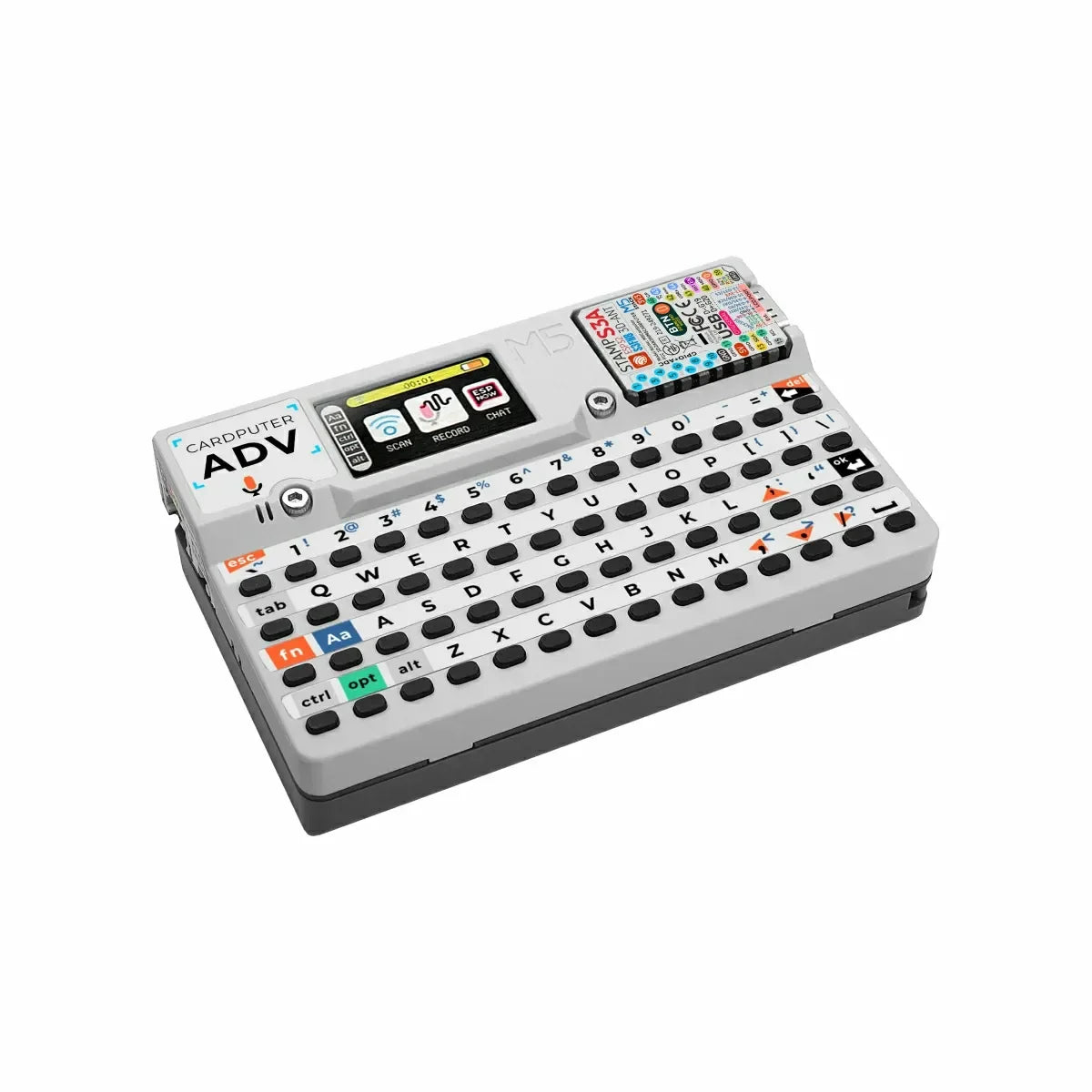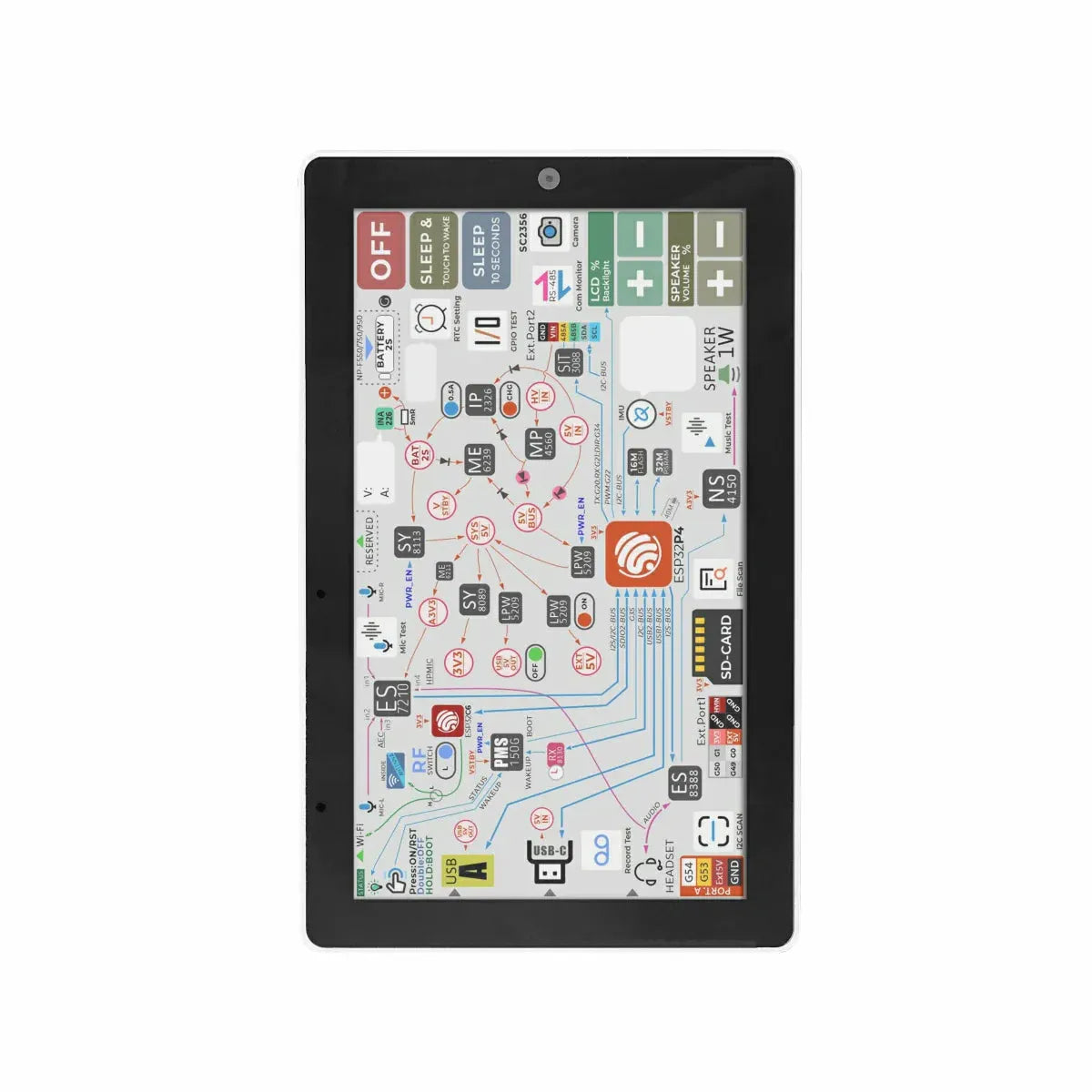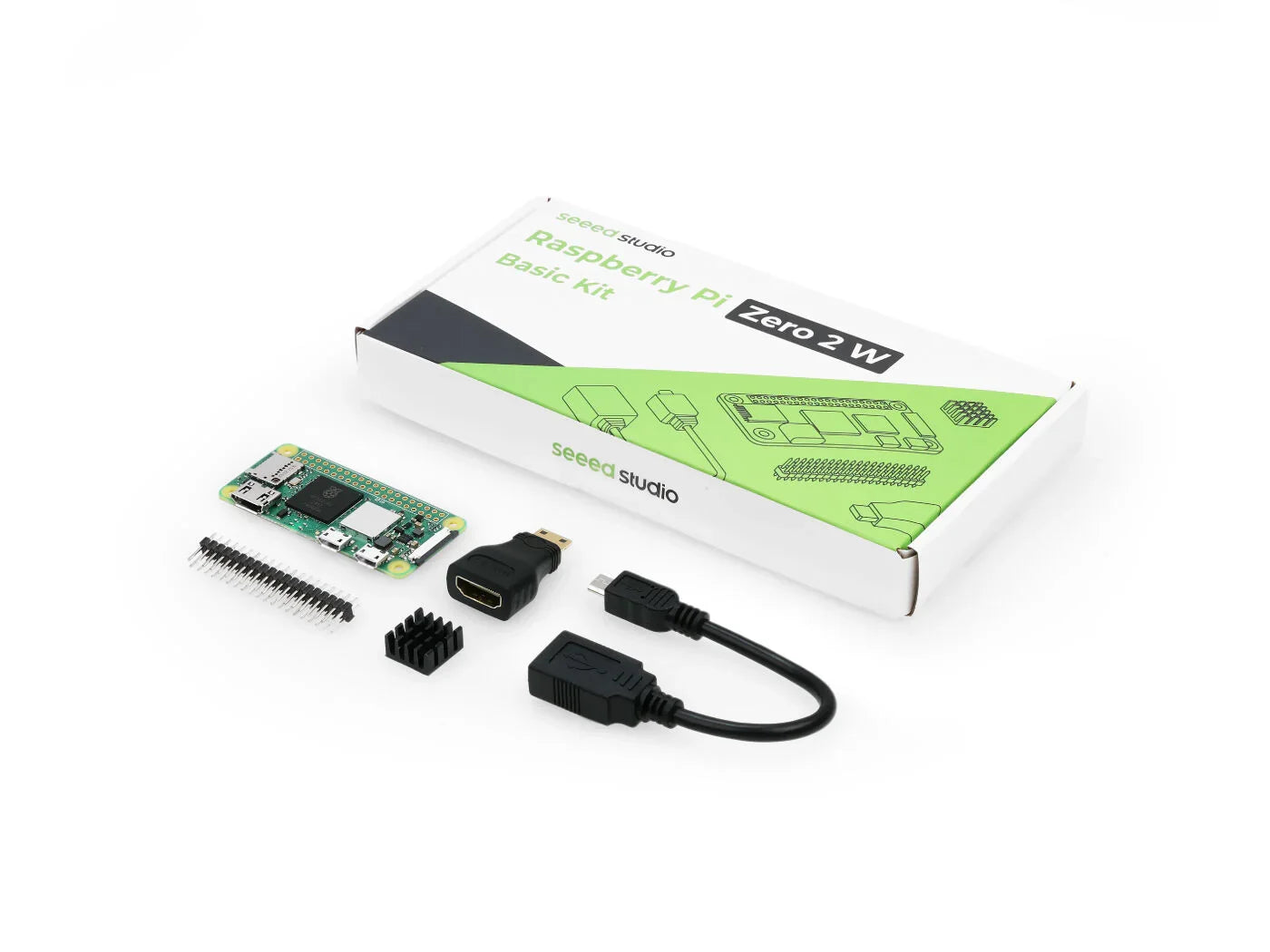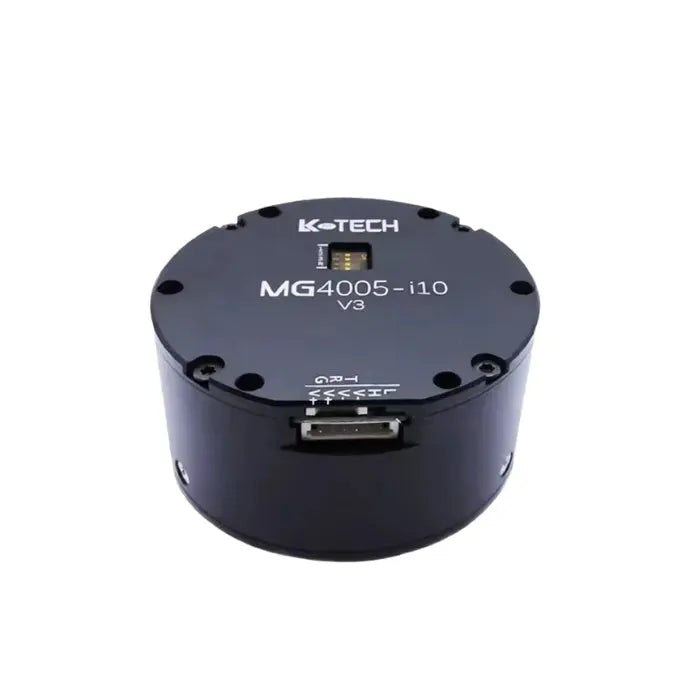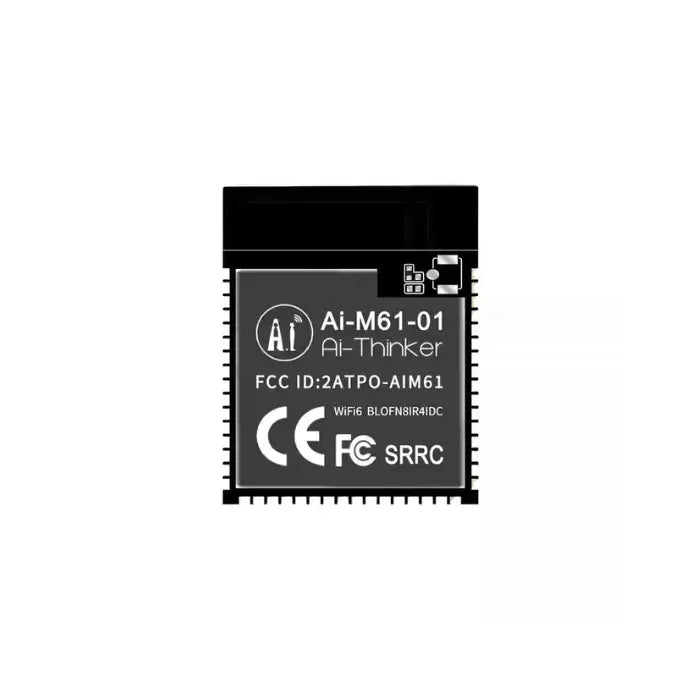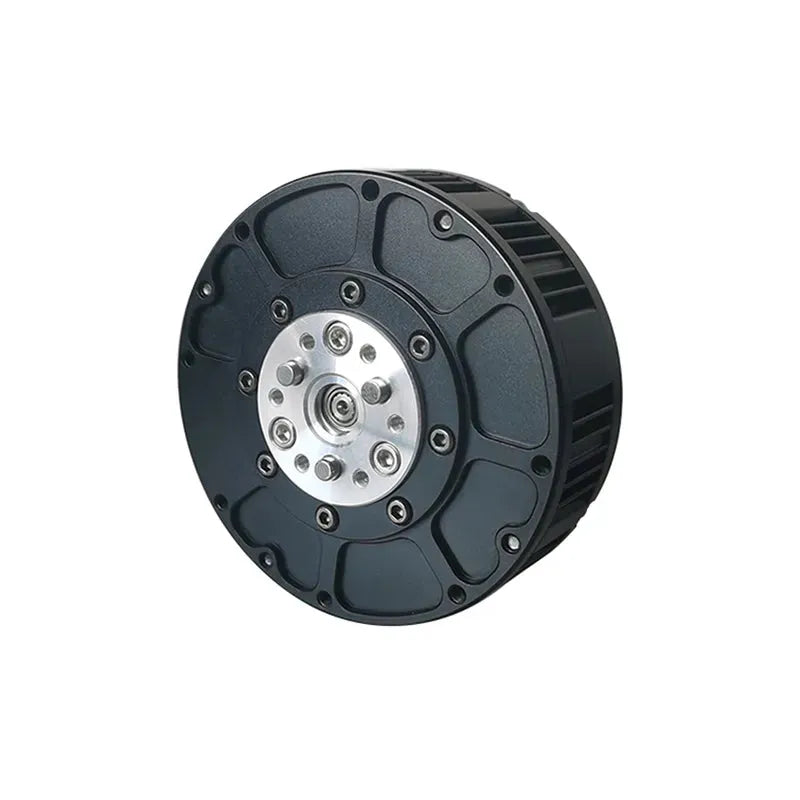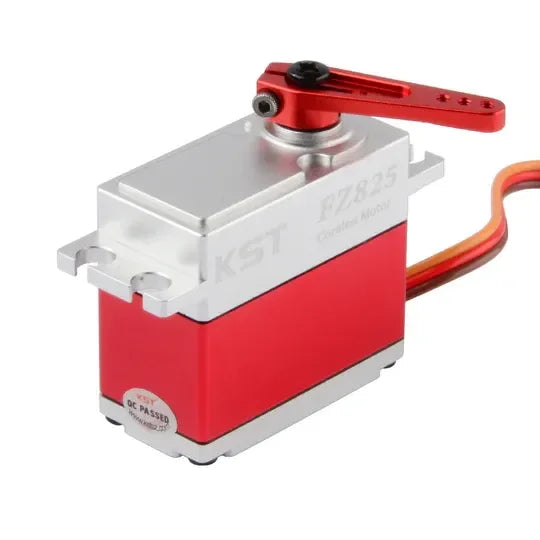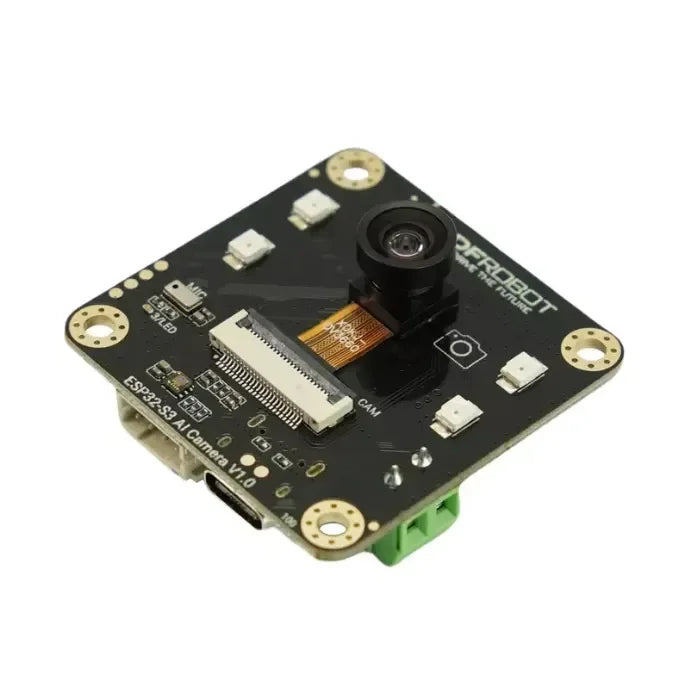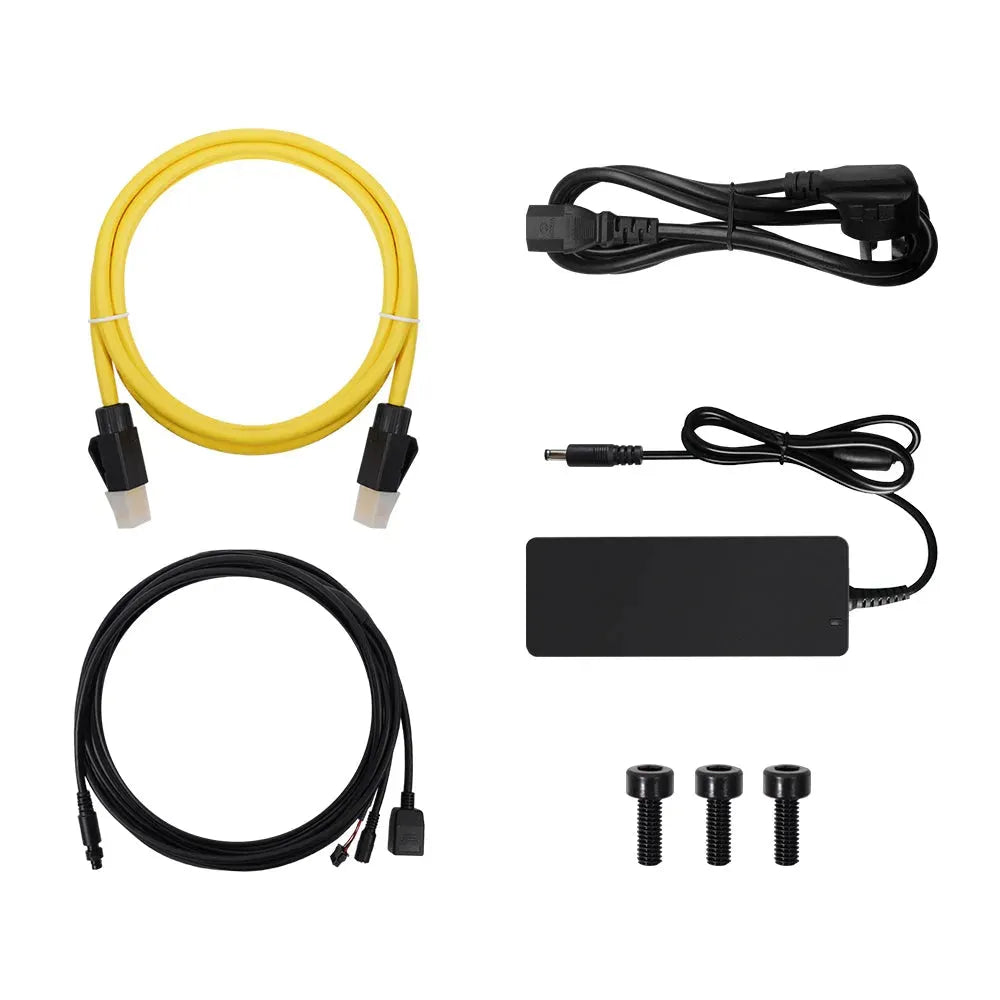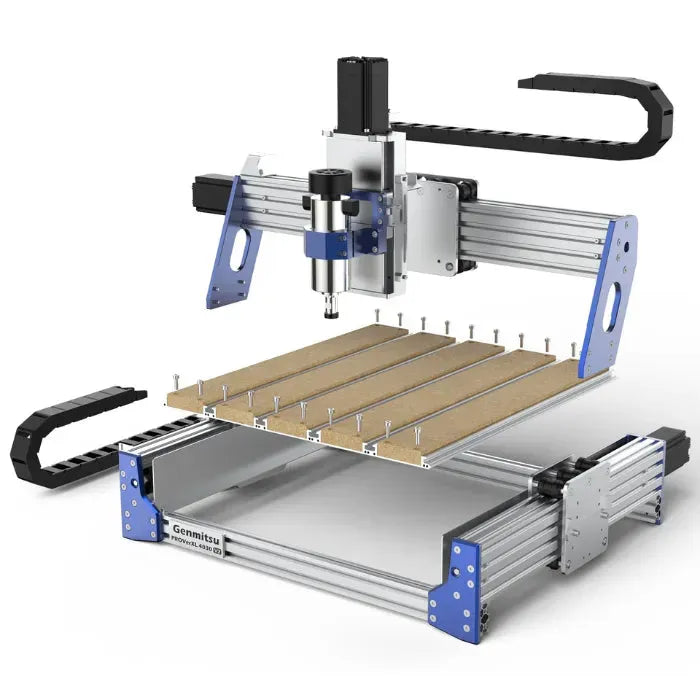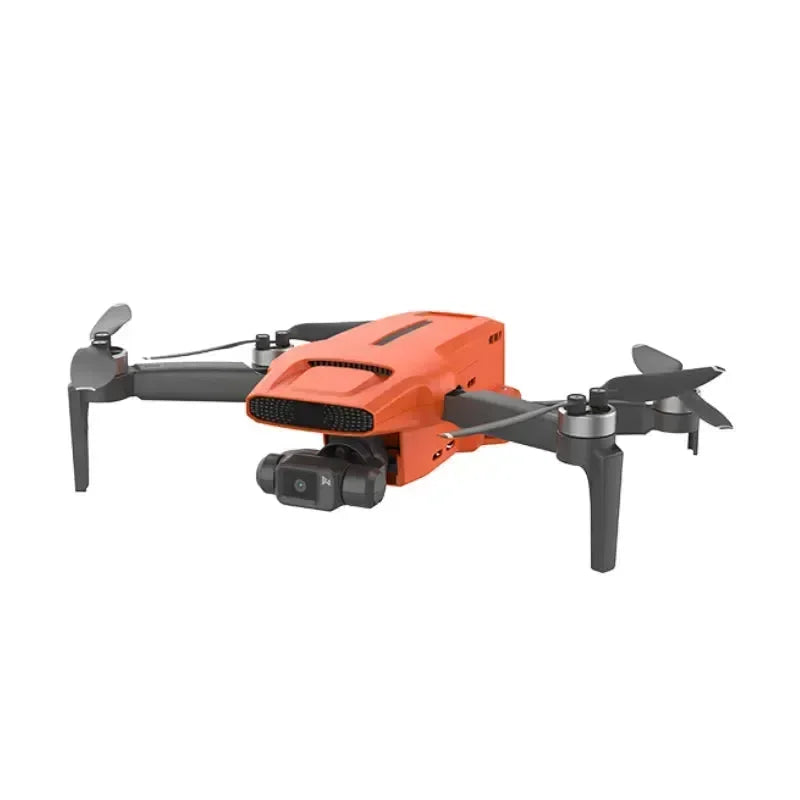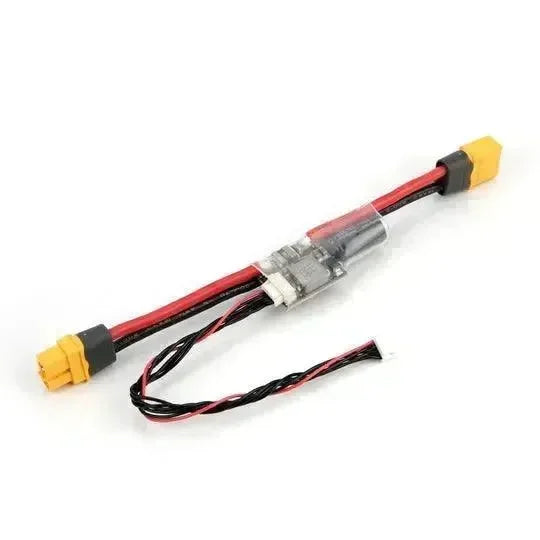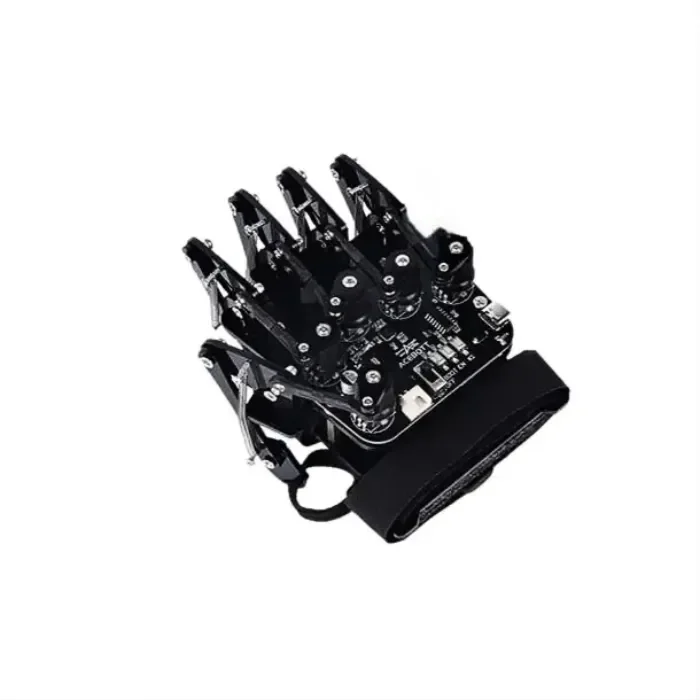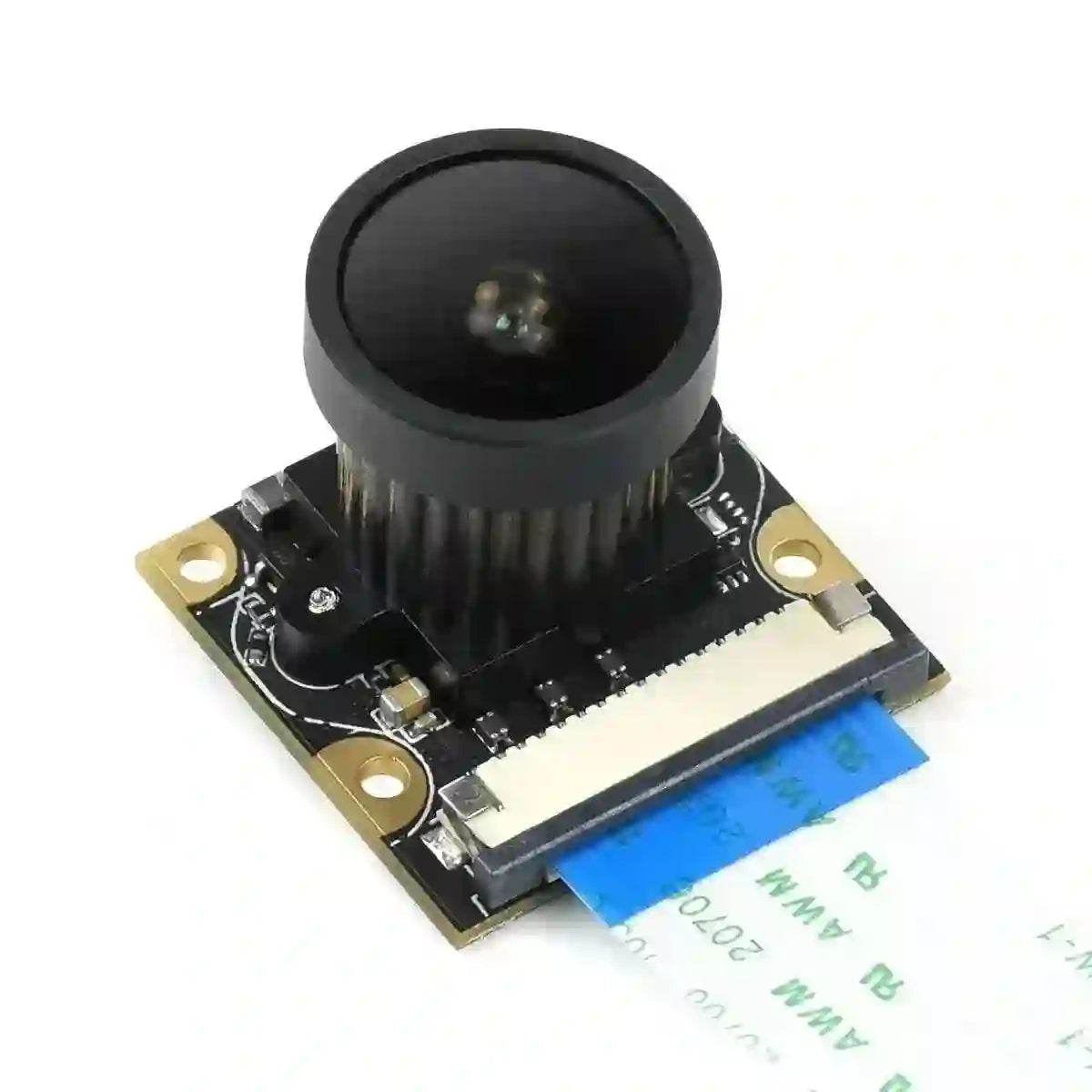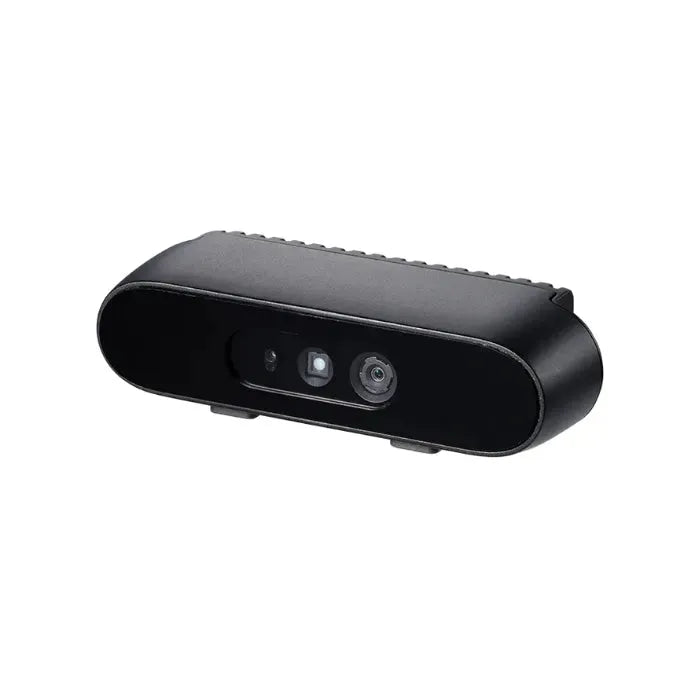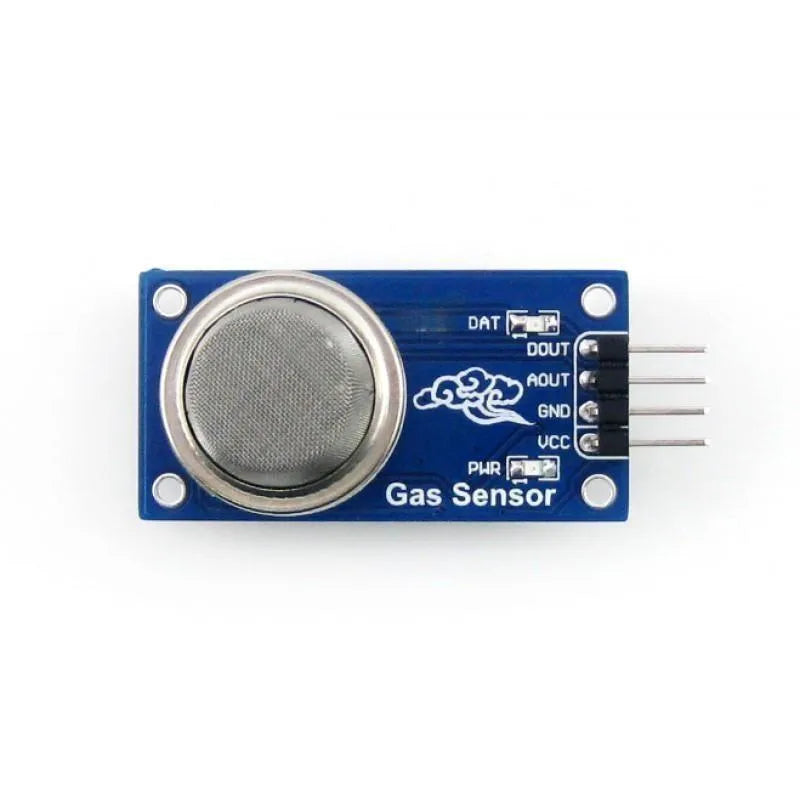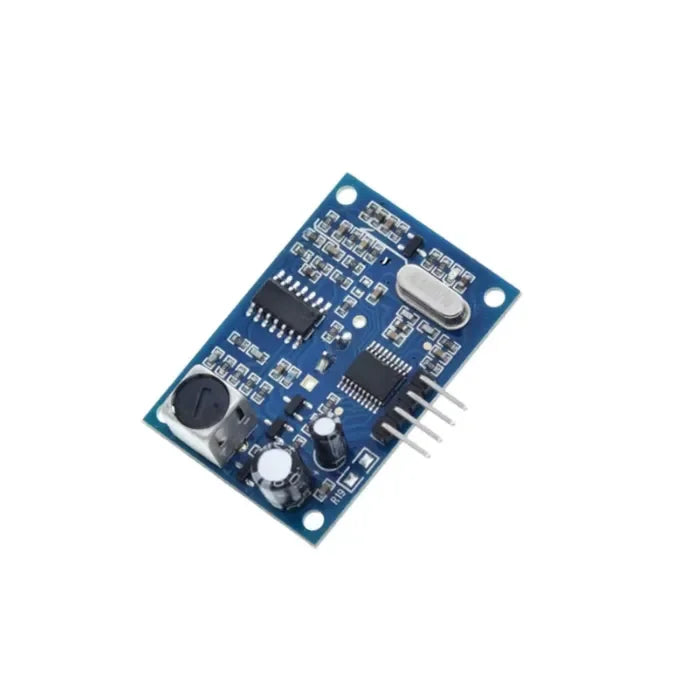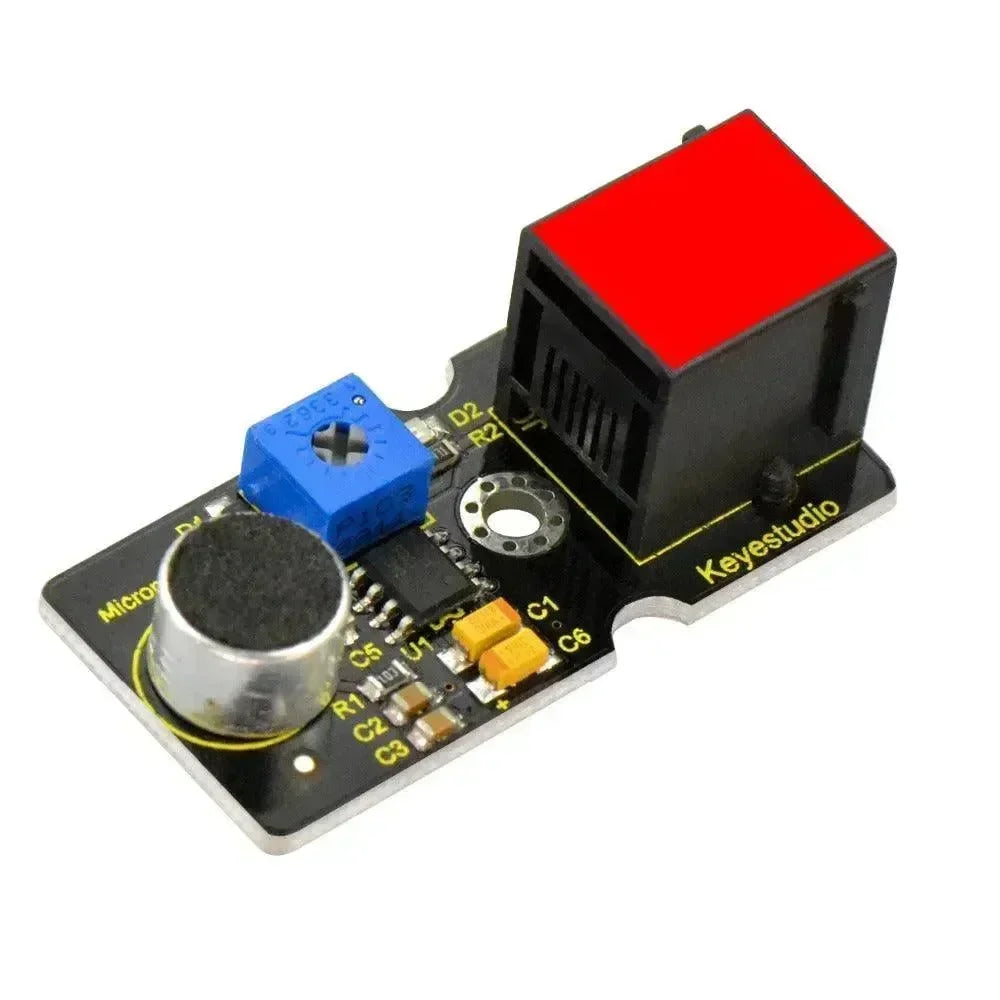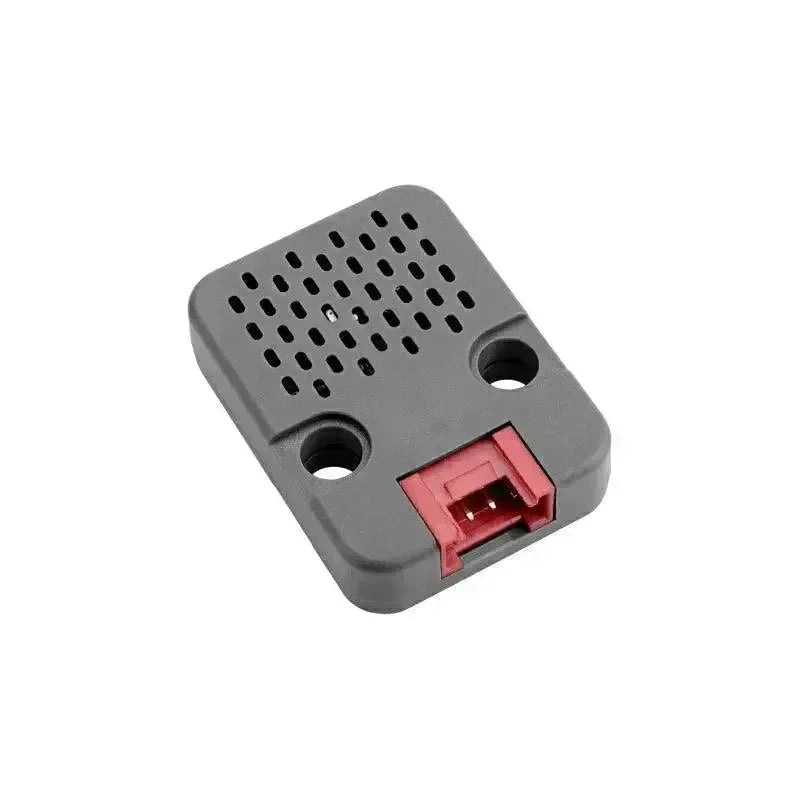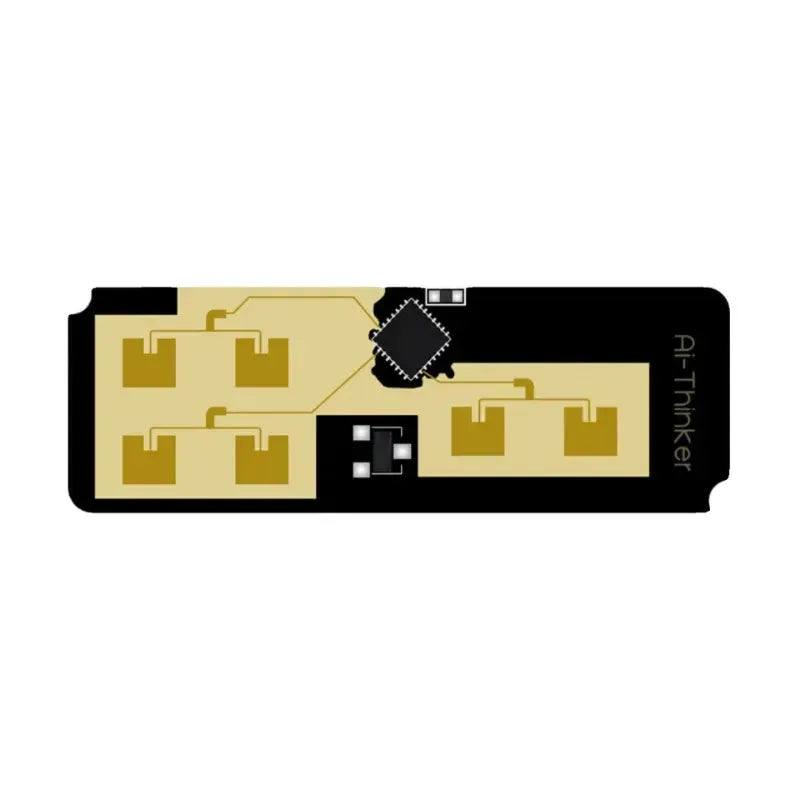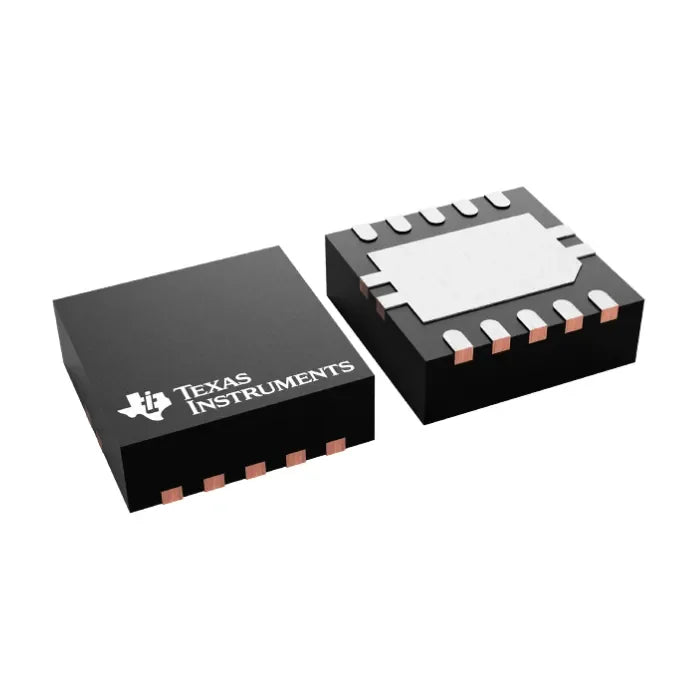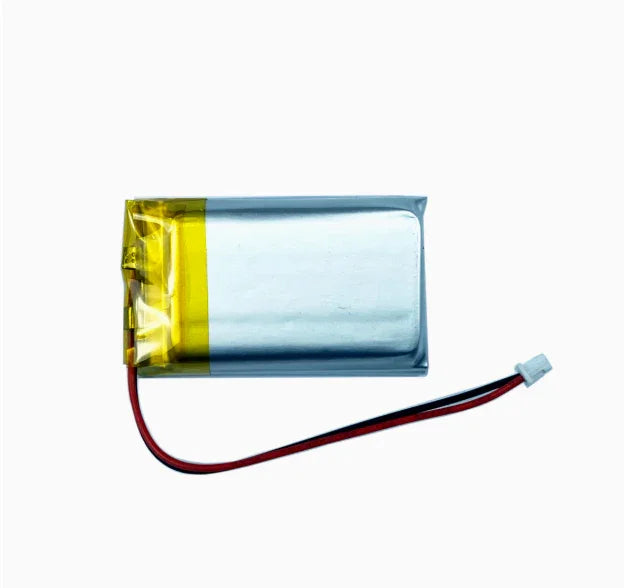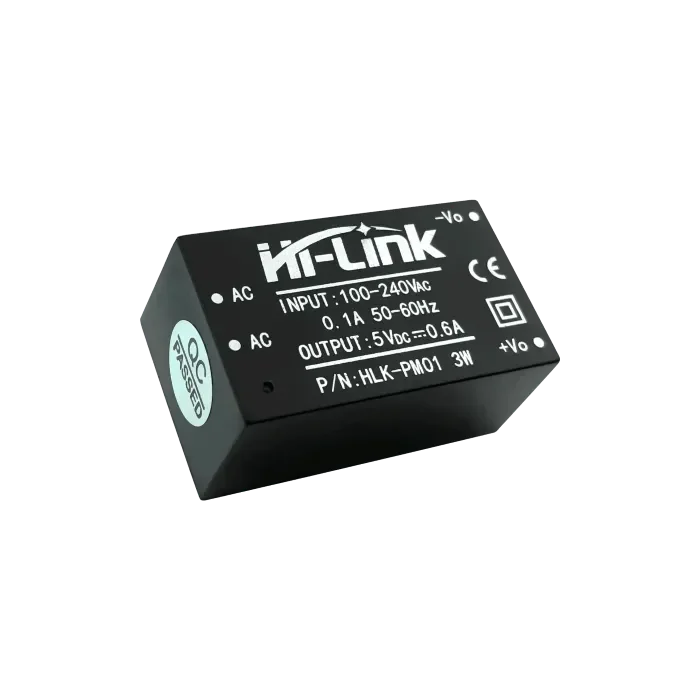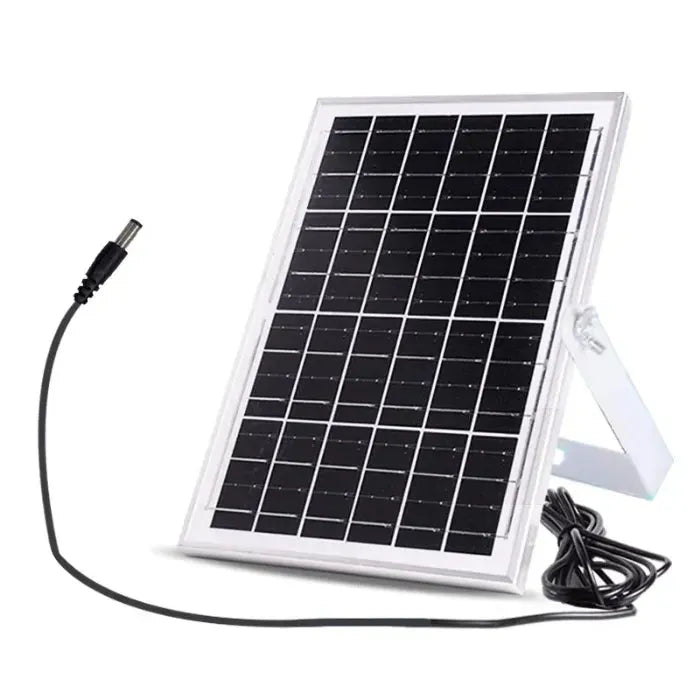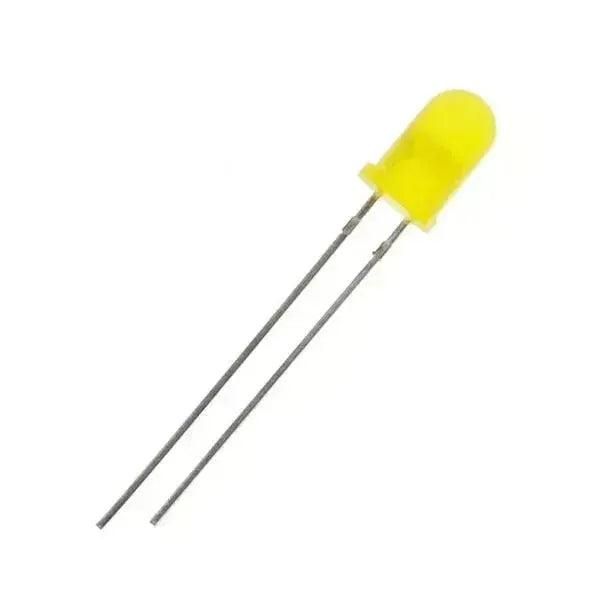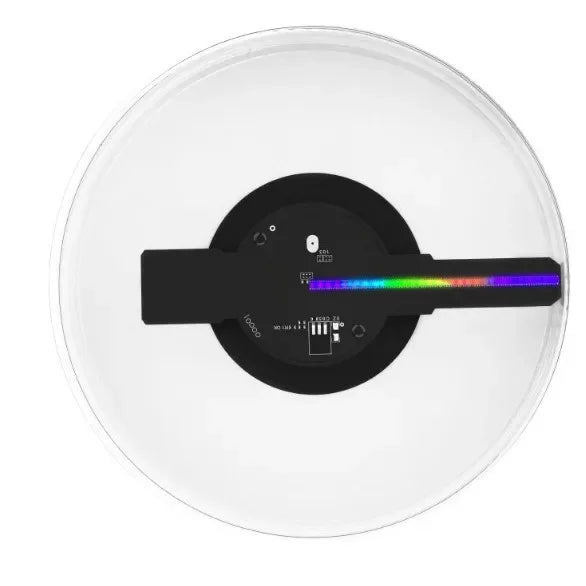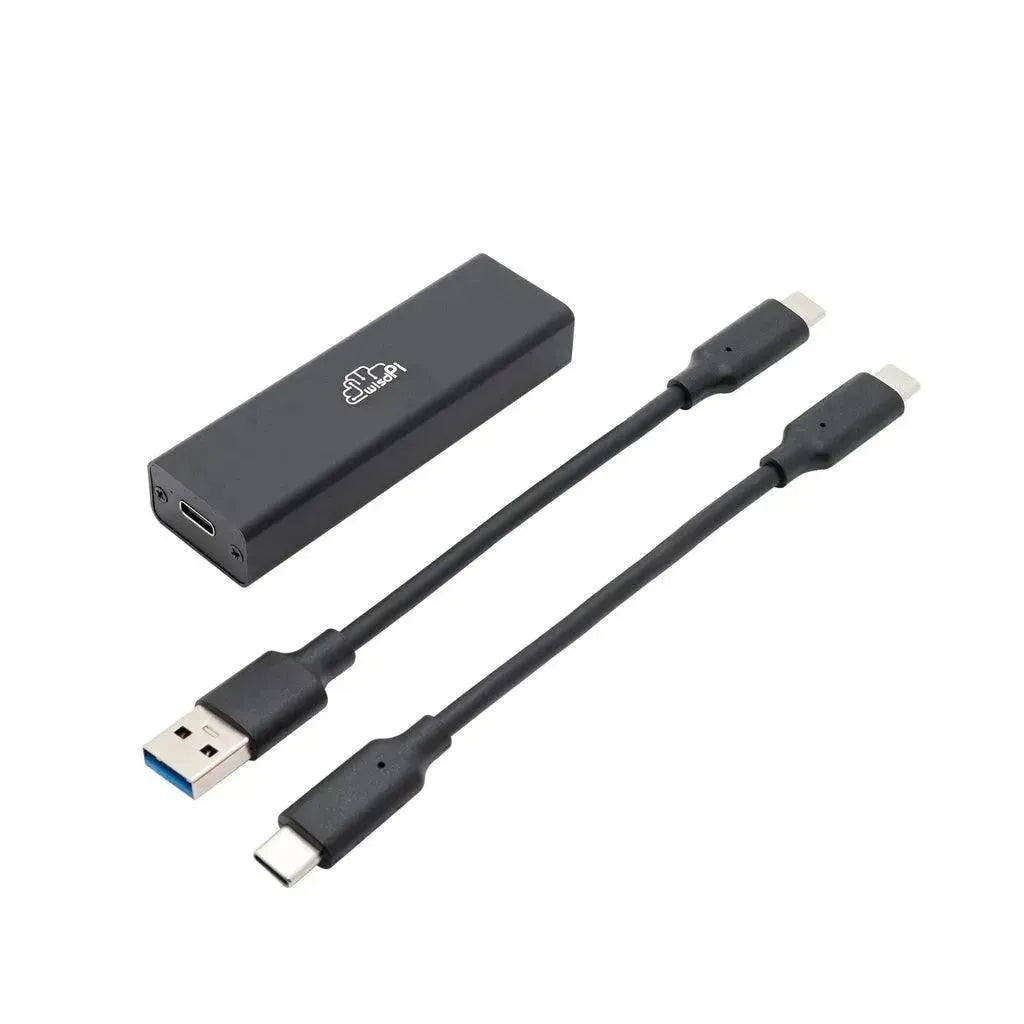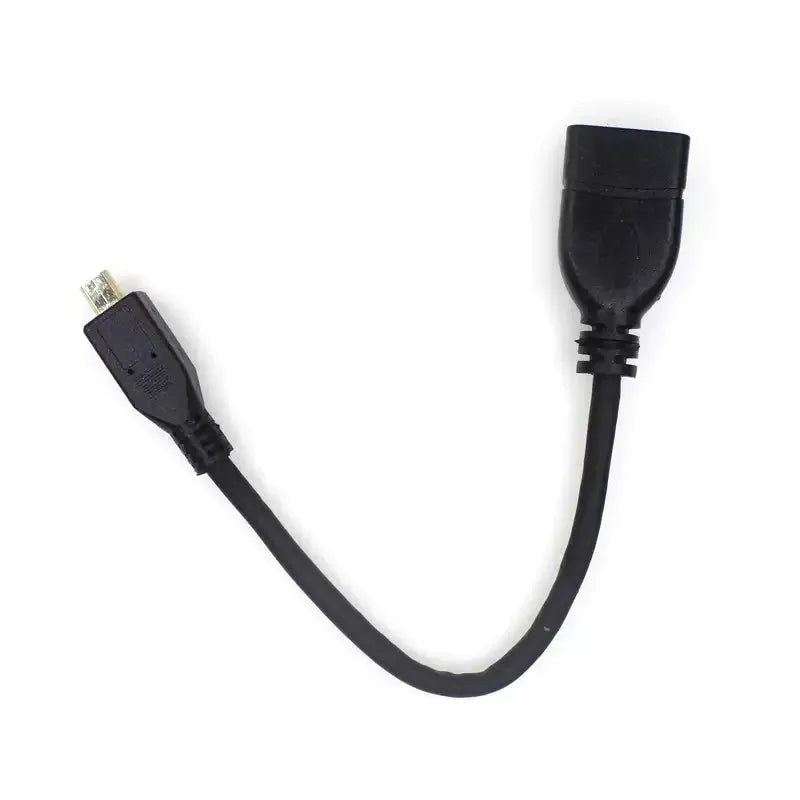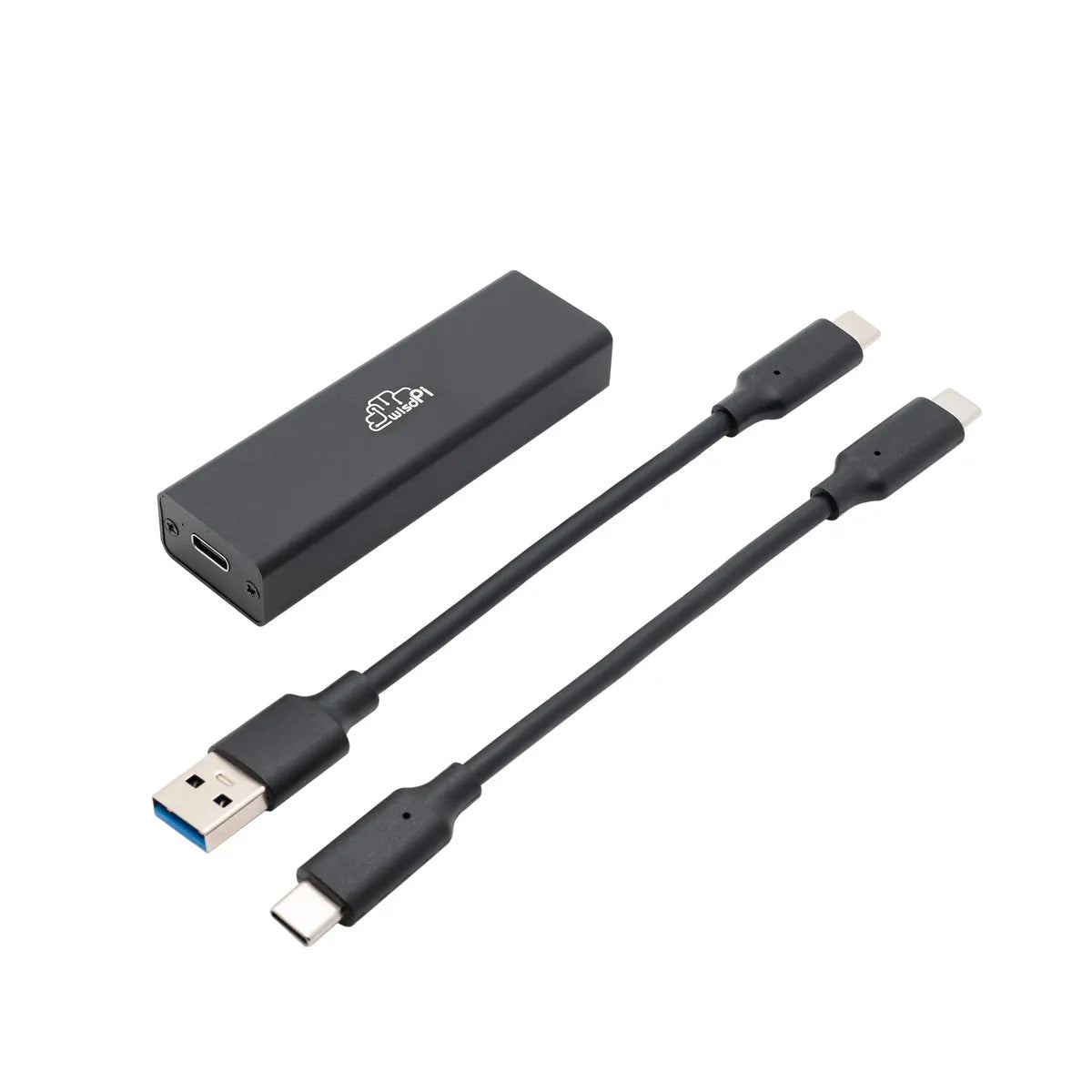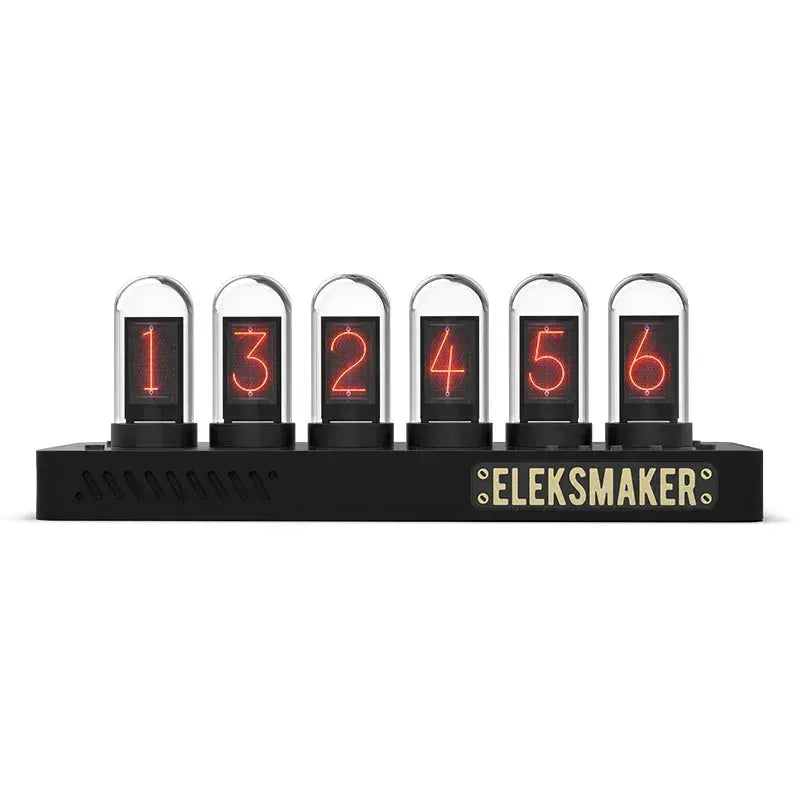📱 App / Application / Client Application
An application that connects to a Meshtastic node, primarily for sending or receiving data 📡 through the Meshtastic mesh network.
📶 Band
A range of frequencies used for LoRa communication 🌐, determined by region. Meshtastic further categorizes these bands into channels. Bands may be identified by lower and upper frequency limits (e.g., 902–928MHz), a center frequency (e.g., 915MHz), or by region (e.g., US).
📢 Broadcast
Sending a message or data from one Meshtastic device to all other devices within range 📡 in the Meshtastic network, rather than targeting a specific recipient.
📡 Channel
In Meshtastic firmware, a channel can refer to: 1️⃣ One of the 8 configurable Meshtastic channels, each with a unique name and encryption 🔑. One is designated as primary, others as secondary. 2️⃣ A specific frequency within a LoRa band that a Meshtastic node may be configured to use.
💻 CLI
Command Line Interface, a text-based interface used to interact with Meshtastic firmware and configure Meshtastic nodes via commands ⌨️.
👤 Client
A device or application that connects to a Meshtastic node, typically to send or receive data 📡 through the Meshtastic mesh network.
🔧 Device
A physical piece of hardware running Meshtastic software, using LoRa radio 📶 to participate in a decentralized, long-range Meshtastic mesh network.
🔄 DFU
Device Firmware Update, a mode used by Meshtastic devices to receive firmware updates 📥, typically during flashing or recovery.
⚙️ ESP32
A microcontroller chipset used in many Meshtastic-compatible devices. It consumes more power 🔋 than NRF52 but supports Wi-Fi 🌐 and is cost-effective for Meshtastic applications.
💾 Firmware
The low-level software installed on a Meshtastic device that controls hardware 🖥️ and enables LoRa mesh communication.
💡 Flash / Flashing
The process of installing or updating Meshtastic firmware on a device. Flashing allows customization 🛠️ and upgrades of Meshtastic nodes.
🌍 Foreign Mesh
A scenario in Meshtastic networking where a node receives a message from another node that does not share any configured channels 🚫. The message is unreadable and considered from a Foreign Mesh.
🔌 GPIO
General Purpose Input/Output. A digital signal pin on a Meshtastic device used for custom input/output functions ⚡, such as sensors or triggers.
📡 LoRa
A long-range, low-power wireless technology used by Meshtastic devices to communicate over several kilometers 🗺️ without cellular or Wi-Fi infrastructure.
👀 LoS
Line of Sight, a direct path between two Meshtastic nodes. LoS improves signal quality 📶 and range in LoRa mesh networks.
🕸️ Mesh
In Meshtastic, a mesh refers to a network topology where nodes are interconnected 🔗, allowing dynamic routing and relaying of messages across the Meshtastic network.
✉️ Message
A unit of data sent between Meshtastic nodes. Messages can include text 💬, GPS updates 📍, or sensor data 🌡️, transmitted over the LoRa mesh network.
📐 MHz
Megahertz, a unit of frequency used to define operating bands for Meshtastic LoRa devices, affecting range 📶 and data rate.
🧩 Module
In Meshtastic, a module can be: 1️⃣ A software plug-in that extends Meshtastic functionality. 2️⃣ A hardware add-on 🔧 for a Meshtastic node, such as GPS 🛰️ or environmental sensors 🌡️.
🌐 MQTT
MQTT stands for Message Queuing Telemetry Transport, a lightweight messaging protocol designed for small sensors 📊 and mobile devices 📱. In the Meshtastic network, MQTT facilitates efficient data transmission, enabling Meshtastic nodes to connect to the internet 🌍 and link multiple Meshtastic meshes for broader coverage and IoT integration.
📡 Node
A Meshtastic node is a core component of the Meshtastic mesh network. It can send 📤, receive 📥, and relay 🔄 messages, helping to form and expand the network's coverage and reliability.
🔋 NRF52
The NRF52 is a microcontroller chipset manufactured by Nordic, used in various Meshtastic-compatible devices such as the RAK Meshtastic Starter Kit and Lilygo T-Echo. It consumes less power 🔋 than ESP32, making it ideal for low-power Meshtastic nodes.
📡 OTA
OTA stands for "Over the Air." In Meshtastic firmware, OTA updates allow wireless upgrades 📶 of Meshtastic devices without physical connections 🔌, simplifying maintenance and deployment.
📦 Packet
A packet is a formatted unit of data transmitted over the Meshtastic mesh network. Packets carry messages ✉️, GPS locations 📍, and telemetry data 📊 between Meshtastic nodes using LoRa communication.
📑 Protobuf
Protocol Buffers (Protobuf) is a data serialization method developed by Google. In Meshtastic, Protobuf is used for efficient communication 🔄 between devices, enabling structured data exchange across the mesh.
🔑 Pre-Shared Key (PSK)
A Pre-Shared Key is a secret passphrase used in Meshtastic channels for encryption 🔒. Only Meshtastic nodes with the correct PSK can communicate securely within that channel.
🔐 Public Key Cryptography (PKC)
PKC is a cryptographic method introduced in Meshtastic v2.5 for secure Direct and Admin Messages. Each Meshtastic device uses a unique public/private key pair 🔑 to encrypt and authenticate communications, enhancing privacy and integrity.
📡 Repeater
A Meshtastic repeater node extends mesh coverage 📶 by relaying messages 🔄 with minimal overhead. It operates silently 🤫 and does not appear in the visible node list.
🖧 Router
A Meshtastic router node is an infrastructure device 🏗️ that relays messages to extend mesh coverage. Unlike repeaters, routers are visible 👀 in the Meshtastic node list.
🍓 rp2040
The rp2040 is a microcontroller chip developed by Raspberry Pi 🥧, featuring dual ARM Cortex-M0+ processors. It is used in some Meshtastic-compatible boards for efficient processing ⚡ and low power consumption 🔋.
📥 RX
RX stands for "Receive." In Meshtastic communication, RX refers to the reception of packets 📦 or messages ✉️ by a Meshtastic node.
📡 Sensor
A sensor is a hardware component in a Meshtastic device that detects environmental inputs 🌡️ such as temperature, humidity 💧, or GPS location 📍. These readings are transmitted over the Meshtastic mesh network for monitoring and automation.
🔗 Serial
Serial communication is used to transmit data between a Meshtastic device and a computer 💻 or other hardware, typically via USB 🔌 or UART. It is essential for flashing firmware 💾 and debugging 🛠️.
📶 SNR
Signal-to-Noise Ratio (SNR) measures the clarity of a signal 📡 in Meshtastic LoRa communication. A higher SNR means better transmission quality ✅ between Meshtastic nodes.
📡 SWR
Standing Wave Ratio (SWR) indicates the efficiency of RF power transmission ⚡ in Meshtastic devices. An ideal SWR close to 1:1 ensures minimal signal loss 📉 and optimal antenna performance 📡.
📊 Telemetry
Telemetry refers to the transmission of sensor data 🌡️ or system metrics 📈 from Meshtastic nodes across the mesh network 🕸️ for remote monitoring and analysis.
📡 Transceiver
A transceiver in a Meshtastic device is capable of both transmitting 📤 and receiving 📥 LoRa signals, enabling full communication within the mesh 🔄.
📤 Transmit
Transmit (TX) is the act of sending data ✉️, such as messages, GPS updates 📍, from one Meshtastic node to another via the LoRa mesh network.
🔼 TX
TX is the abbreviation for Transmit. In Meshtastic firmware, TX refers to the transmission 📡 of packets 📦 from a Meshtastic device.

